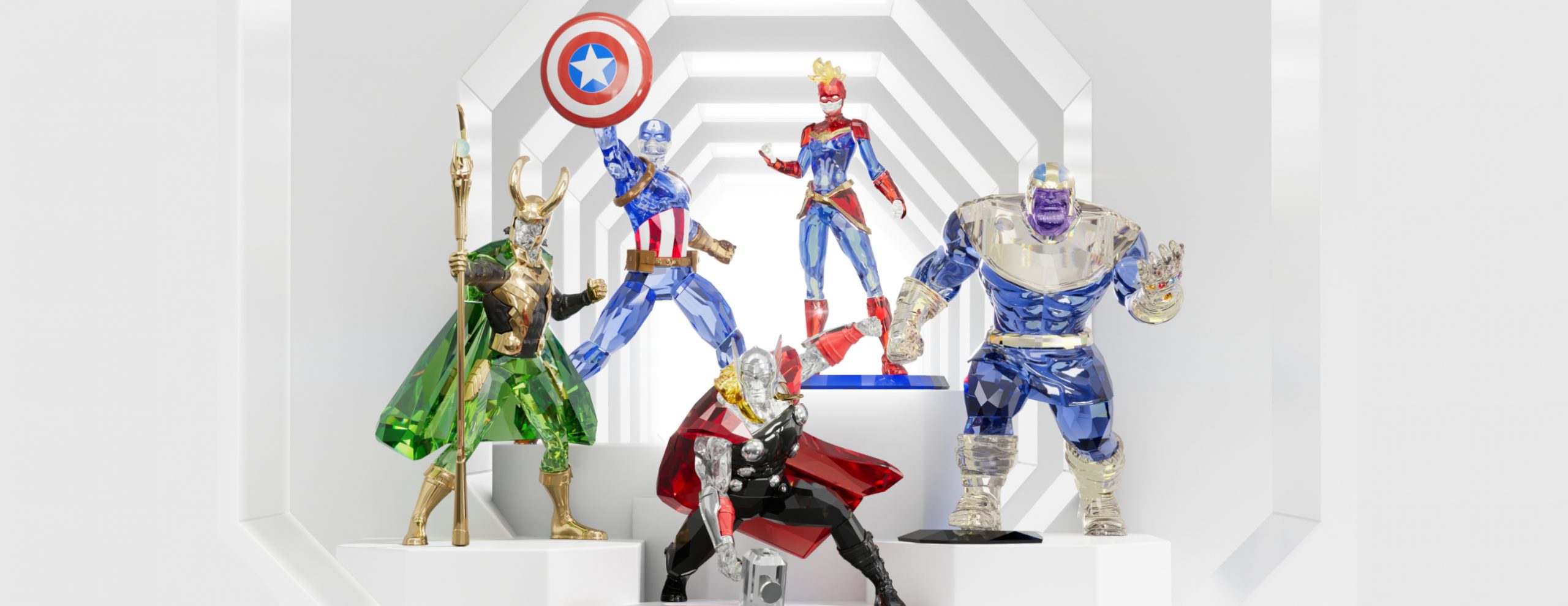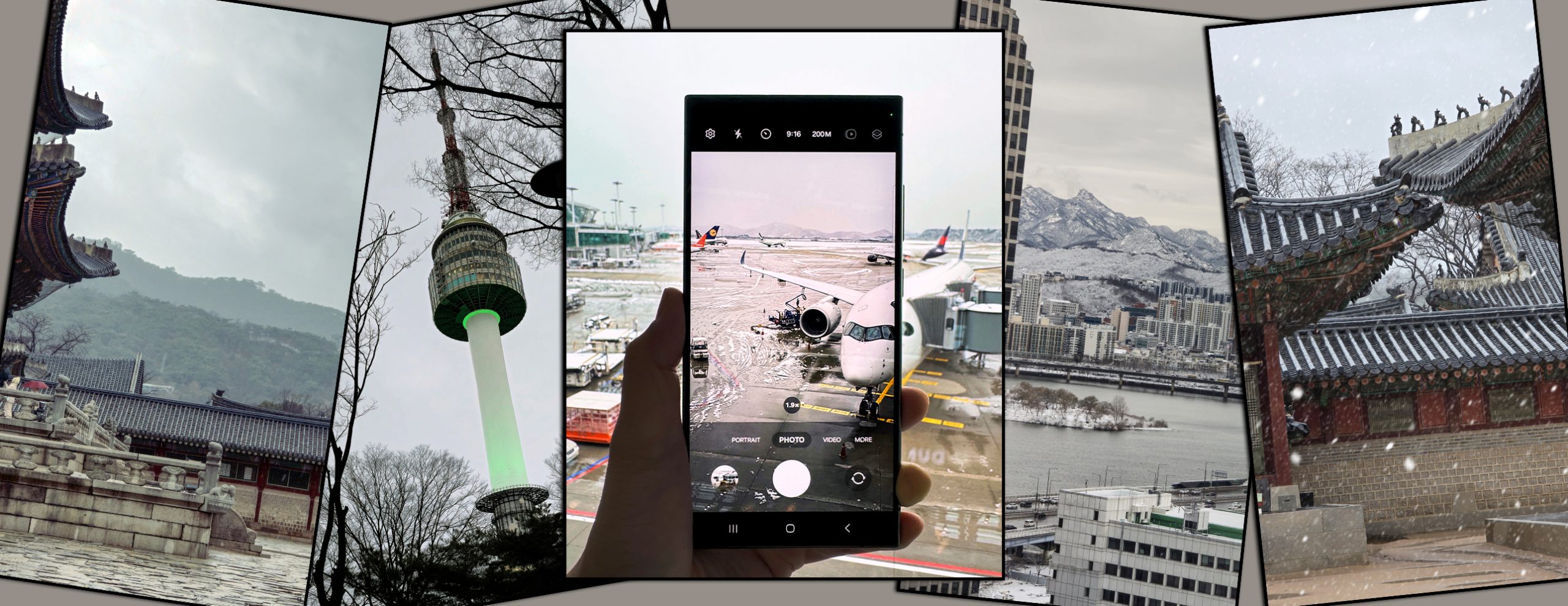We’ve all had our fair share of fascination with cults, and though we tend to pass judgement, there’s no denying that we are equally inquisitive about the warped details that go into the creation and maintenance of one.
Though we’ve seen many alleged cults become headlines globally, none really impacted us as hard as the recent uncovering of the mysterious religious group, Shincheonji — who was a key cluster that led to the rampant spread of COVID-19 in South Korea. The country has reported more than 60% of their COVID-19 infections are linked to Shincheonji, including one of its members who attended at least four services in Daegu before being diagnosed.
WHO OR WHAT IS SHINCHEONJI?

Shincheonji is known as a grassroot Christian New Religious Movement which does not have any direct influence from foreign Christian groups and is founded domestically within South Korea. It was founded in 1984 by Lee Man Hee, a devout Christian who claims to be the only person who can impart a complete mastery of the scriptures — members of Shincheonji believe that an individual needs to understand biblical parables accurately in order to be saved.
Often described as a cult by critics, Shincheonji defines itself as ‘the one and only kingdom and temple of God on this earth’ and has even proclaimed the belief that its founder embodies the second coming of Jesus Christ, who will take only 144,000 followers with him to eternal life in Heaven, on the Day of Judgment.
THE KEY ROLES OF SHINCHEONJI’S EVANGELISM
Based on a YouTube video from a South Korean netizen who claimed to be an ex-Shincheonji church member, there are at least two to four key individuals involved in the overall evangelism process. Here’s a look at four of them.

🙏 Recruit: Typically refers to a person who has been selected for evangelisation by a Guide.
🙏 Guide: An individual who is already part of Shincheonji and is looking for someone to preach to. A guide doesn’t always have to be a stranger, he or she could also be someone you know.
🙏 Teacher: This is someone who teaches the Recruit about Shincheonji’s version of the Bible. It should be noted that not everyone within the religious group can be a teacher as a type of qualification is needed to become one.
🙏 Manager: Almost similar to the role of a confidant or friend, this individual would be someone who offers help to the recruit in whichever way possible. A Manager is also supposed to gather as much information they can about the recruit, which may provide some assistance in the evangelising process.
CONTROVERSIES THAT LED TO ITS ‘CULT-LIKE’ STATUS
THE FOUNDER

Before Shincheonji was formed in 1984, Lee Man Hee was said to have had a long experience with controversial Christian revivalist movements in Korea, that has often been deemed as cults by mainstream churches. They were the Olive Tree movement, which attracted an enormous following during the 1960s, and the Tent Temple movement, which saw its leader arrested for fraud.
Lee Man Hee originally founded Shincheonji alongside several other members of the Tent Temple movement after denouncing the Temple and exposing the corruption within the group. All these events led Lee Man Hee to believe that he had represented the fulfillment of key prophecies in the Book of Revelation; which was why members of Shincheonji are taught to believe that Lee Man Hee was the prophesised ‘one who overcomes’.

His reign as founder and spiritual leader throughout the years while successful in gaining new members, was also plagued with lawsuits, protest rallies and allegations of preaching heresy, splitting apart families, and going after rival churches. In a one-on-one interview with a journalist from PRI, Lee Man Hee has said that the persecution and criticism serve as evidence that he is on the right track with Shincheonji, because he believes that his plight is similar to that of Jesus, who received persecution from prominent religious leaders who had no knowledge of the Bible and are not connected to God.

Besides the strong belief in his role as the promised pastor, critics have also accused Lee Man Hee of using Jesus as a front for what really is a worship of him. One example that they’ve cited is the Olympiad hosted by Lee Man Hee where members of Shincheonji dress in the same colour, waving his trademark folding fan.
RECRUITMENT
According to several accounts from former Shincheonji members on a Shincheonji-focused Reddit page, the group has had a history of using different methods to recruit new members, and almost all of their methods include them not revealing who they are at the initial stage. Shincheonji recruiters or guides often seek converts who might seem vulnerable which would give them an opportunity to uncover personal problems that the potential recruit might have, that would give them the ability to offer counselling, build friendship and even persuade that Bible studies can help.

One common recruitment method that the group has been using in South Korea as well as in Singapore is the seemingly innocent approach in public spaces or on the streets. Each guide would often present a harmless request for the potential recruit to join them in a casual session or discussion for something that is of interest to the potential recruit. The process would commonly lead to the recruit exchanging personal information either on the spot or in a follow-up meeting, and that’s where the narrative changes, to the teachings of Shincheonji.

Another reported common recruitment method used is the infiltration of mainstream churches where members of Shincheonji would disguise themselves as being part of the congregation to try to persuade their believers to leave and join Shincheonji. Though their actions may be considered stealth-like, it hasn’t gone unnoticed by the mainstream churches who have issued warnings to keep them out.
TEACHINGS
Experts have said that most Christian sects in South Korea seem to follow a similar script when they are formed as splinter groups from the Olive Tree movement or the Unification Church. While most still lean heavily on the vivid apocalyptic symbolism in the Book of Revelations led by figures that claim a sort of divine right; others, like Lee Man Hee, hint at spiritual superiority via a connection to God or Jesus.

Through a Singaporean female who had first-hand experience with Shincheonji, she didn’t find anything questionable about her teachings until she came to a point in the lesson where it was suggested that it was okay to use deception and lies on others when carrying out God’s will — even though there are chapters (Hebrews 6:18, Leviticus 19:11) in the Bible that says otherwise.
She was also taught to accurately ‘perceive’ Jesus’ parables in the Gospel in order to be saved — something that members of Shincheonji strongly believe in. While they may have tried to prove their point using a parable (Matthew 13) as evidence, the former recruit noted that the passage, when taken out of context, can be interpreted incorrectly as God only willing to save or heal those who could understand the parables word-for-word. She explains that, in her understanding of her own Christian faith, the Bible is clear in its indication that salvation comes to ALL who believes in the name of Jesus (Acts 16:30-31), and not just to those who understand the words of the Bible.
ISOLATING NEW RECRUITS
Most accounts that we’ve come across had this in common. While most of us would understand that making friends is part and parcel of religious gatherings like this, Shincheonji operates in the exact opposite.

Recruits are not allowed to mingle or exchange contact numbers with one another and were refrained from asking other recruits on how they ended up in the class. In fact, an ex-recruit claimed that the members of Shincheonji would pretend to be new recruits and tattle on recruits whom they thought were disobeying the rules.
They are also not allowed to take home their notes made in class or discuss anything that they’ve learned with others, which includes their friends and family. Over time, recruits were requested to skip prior engagements that they have such as family dinners or personal social events to prevent accidental leaks about Bible study.
ATTENDANCE

Compared to other religious groups, Shincheonji takes their attendance very seriously. Everyone has to physically swipe in and out of services with a special card, and any absence gets noted and followed up on. Illness was never accepted as a valid reason to miss services as there are always other days where an individual should make up for.
QUESTIONABLE GATHERING

What catapulted Shincheonji to its current place of scrutiny is the way that they conduct gatherings. As compared to the slightly roomy conditions of other places of worship, Shincheonji has their members sat extremely close to one another; packed tight on the floor with those who turned up sick for the hours-long service even when they should be at home resting. The religious group was also reported to have not allowed their members to wear masks during the COVID-19 outbreak as it was cited as disrespect to God.
A LOOK AT THREE OTHER INFAMOUS ALLEGED CULTS THAT MADE HEADLINES
HEAVEN’S GATE

Founded by Marshall Applewhite and Bonnie Nettles in the 1970s, Heaven’s Gate was built on a belief that blended science fiction with Christian thinking. The duo recruited like-minded individuals with the belief that God was an alien and their only chance at afterlife survival was to save their consciousness and ascend to a ‘Next Level’, or Heaven. Although members of Heaven’s Gate believed that suicide was wrong, everything changed when Bonnie passed away from cancer.

Her death rewrote their teachings — which led to the fateful discovery on 26 March 1997, where Marshall and 38 other members of Heaven’s Gate were found dead in matching black shirts and trousers; and identical brand new black-and-white Nike Decades sneakers with purple cloths covering their top halves. The group was believed to have died in three groups over three days where they ate apple sauce spiked with a lethal dose of phenobarbital washed down with vodka, and secured plastic bags around their heads after to induce asphyxiation.
Though Heaven’s Gate may no longer be in physical existence per se, the group’s website created in March 1997 still stands to this day.
PEOPLES TEMPLE

Often referred to as the largest number of American civilian casualties until the September 11th attacks, Peoples Temple started out as a new religious movement founded by Jim Jones, a white minister who preached unconventional socialist and progressive ideas to a predominantly African-American congregation.
Peoples Temple eventually made the move to San Francisco where it peaked in popularity during the 1970s with an estimated membership in the thousands which resulted in media scrutiny on the Peoples Temple’s suspicious activities. In order to escape that, Jim and his followers relocated to an agricultural settlement in Guyana, a remote country east of Venezuela, where he built a living community known as Jonestown.

Despite being away from home, there had been growing concerns over the welfare of the members which prompted U.S. Congressman Leo Ryan to make a trip out to visit the settlement in November 1978. While everything had gone smoothly, prior to his flight home, Leo and several men from his entourage were shot to death by gunmen from the Peoples Temple at the airstrip. Hours later, over 900 Peoples Temple members including children committed suicide by drinking cyanide-laced grape-flavoured punch poison. Jim himself was a part of the death count though he was found with a gunshot wound to the head that was believed to be self-inflicted.
AUM SHINRIKYO

Founded by Shoko Asahara, the movement got its start in Shoko’s one-bedroom apartment in 1984 where he conducted yoga and meditation class with the aim to promulgate his beliefs through a mix of Hindu, Buddhist and Christian teachings alongside Nostradamus prophecies.
Once it grew in popularity, the group gained official recognition as a religious organisation in 1989, which allowed Shoko to make frequent appearances on talk shows where he promoted the group’s philosophy of good health and a better life through spirituality, focus, and positive thinking. The group continued to grow with tens of thousands of members worldwide, when Shoko began to refer to himself as both Christ and the first ‘enlightened one‘ since Buddha, offering salvation to those who follow, and a promise to take on the world’s sins while sharing his spiritual power and wisdom with his followers.

The lofty, harmless vision took a sinister turn when the group attacked local commuters on three lines of the Tokyo Metro on 20 March 1995. In five coordinated attacks during rush hour, members of Aum Shinrikyo released Sarin, a Nazi-developed toxic poison, in liquid form through punctured bags, on five subway carriages at different points of the network that killed 13 and injured thousands.
IS SHINCHEONJI A CULT OR AN UNLUCKY RELIGIOUS GROUP?
While it isn’t possible for us to say for certain if their doctrines are right or wrong, their seemingly shady operation does raise a couple of concerns that point towards Shincheonji being an alleged cult. But until a form of official confirmation is made, we’ll let you be the judge of that.
Featured image: Shincheonji Youtube Channel











You must be logged in to post a comment.